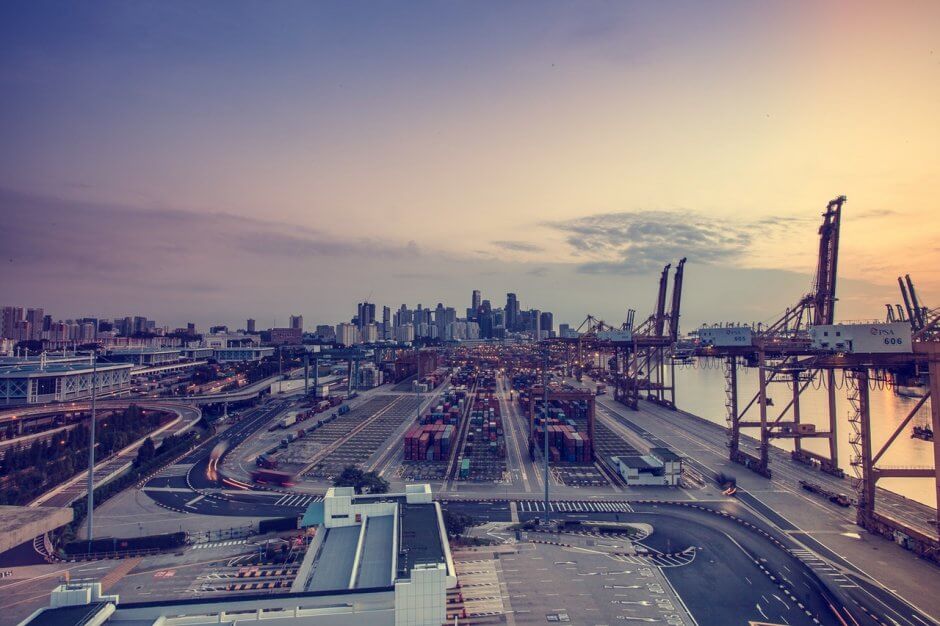Close the circularity gap to avert catastrophic climate change, Davos told today

A new report by Circle Economy, supported by Climate KIC, says governments barely consider circular economy measures in strategies to meet a 1.5 degree target. We are in Davos today to support the launch of the report.
The world can maximise its chances of avoiding the most dangerous impacts of climate change by moving to a circular economy, reveals a report from the Amsterdam-based cooperative Circle Economy, launched today at Davos during the annual meeting of the World Economic Forum. The Circularity Gap Report 2019 finds that the global economy is only 9 per cent circular – just 9 per cent of the 92.8 billion tonnes of minerals, fossil fuels, metals and biomass that enter the economy are re-used annually. The report, now in its second year, refers to what remains as the Circularity Gap. It is calculated at the global level and currently stands at over 90 per cent. It suggests the use of its own Global Circularity Metric which will aim to track and target performance. The report notes that most governments barely consider circular economy measures in policies aimed at meeting the UN target of limiting global warming to 1.5°C.
Circle Economy’s CEO, Harald Friedl, will officially launch the report during the World Economic Forum in Davos. Climate KIC is represented at the report’s launch event in Davos by Meret Brotbek, Acting Director, DACH Region, covering Germany, Austria and Switzerland. Davos’ World Economic Forum brings together some 2,500 top business leaders, international political leaders, economists, celebrities and journalists for up to four days to discuss the most pressing issues facing the world.
This report tackles many aspects of the circular economy: Capital goods design, practices in the sourcing of building materials, and measurements and metrics. They all share a common feature: The potential to work on a systemic level. Metrics in particular, if they are appropriately crafted, offer a powerful framework to assess where public-private interventions, such as the ones Climate KIC supports, can be systemic and effective.
Climate KIC is involved in making the economy more circular through its own programmes and initiatives. Climate KIC’s Loop Programme is a unique global innovation platform on circular economy that aims to close the loop on high-emissions material systems (such as cement, plastics, steel and aluminium), and dematerialise demand in urban areas. Another initiative, eCircular, is accelerating the circularity of plastic-based material systems and dematerialising plastic demand, with the vision of a reaching a carbon-neutral material system by 2050.
Kirsten Dunlop, Climate KIC CEO said: “The first lines of the Circularity Gap Report 2019 make it clear: The circularity gap is not yet shrinking. As we go forward, focusing our efforts on more systemic approaches to analysis, measurement, experimentation and, all, design, we expect to see further editions of this report refine our capacity to measure the circularity gap and expand our understanding of the role of product and service design in driving systemic change. Climate change and material use are closely linked.”
“Circle Economy calculates that 62 per cent of global greenhouse gas emissions (excluding those from land use and forestry) are released during the extraction, processing and manufacture of goods to serve society’s needs; only 38 per cent are emitted in the delivery and use of products and services.”
Circle Economy’s CEO, Harald Friedl, said: “A 1.5 degree world can only be a circular world. Recycling, greater resource efficiency and circular business models offer huge scope to reduce emissions. A systemic approach to applying these strategies would tip the balance in the battle against global warming.”
“Governments’ climate change strategies have focused on renewable energy, energy efficiency and avoiding deforestation but they have overlooked the vast potential of the circular economy. They should re-engineer supply chains all the way back to the wells, fields, mines and quarries where our resources originate so that we consume fewer raw materials. This will not only reduce emissions but also boost growth by making economies more efficient.”
The Circularity Gap Report 2019 is available here.
